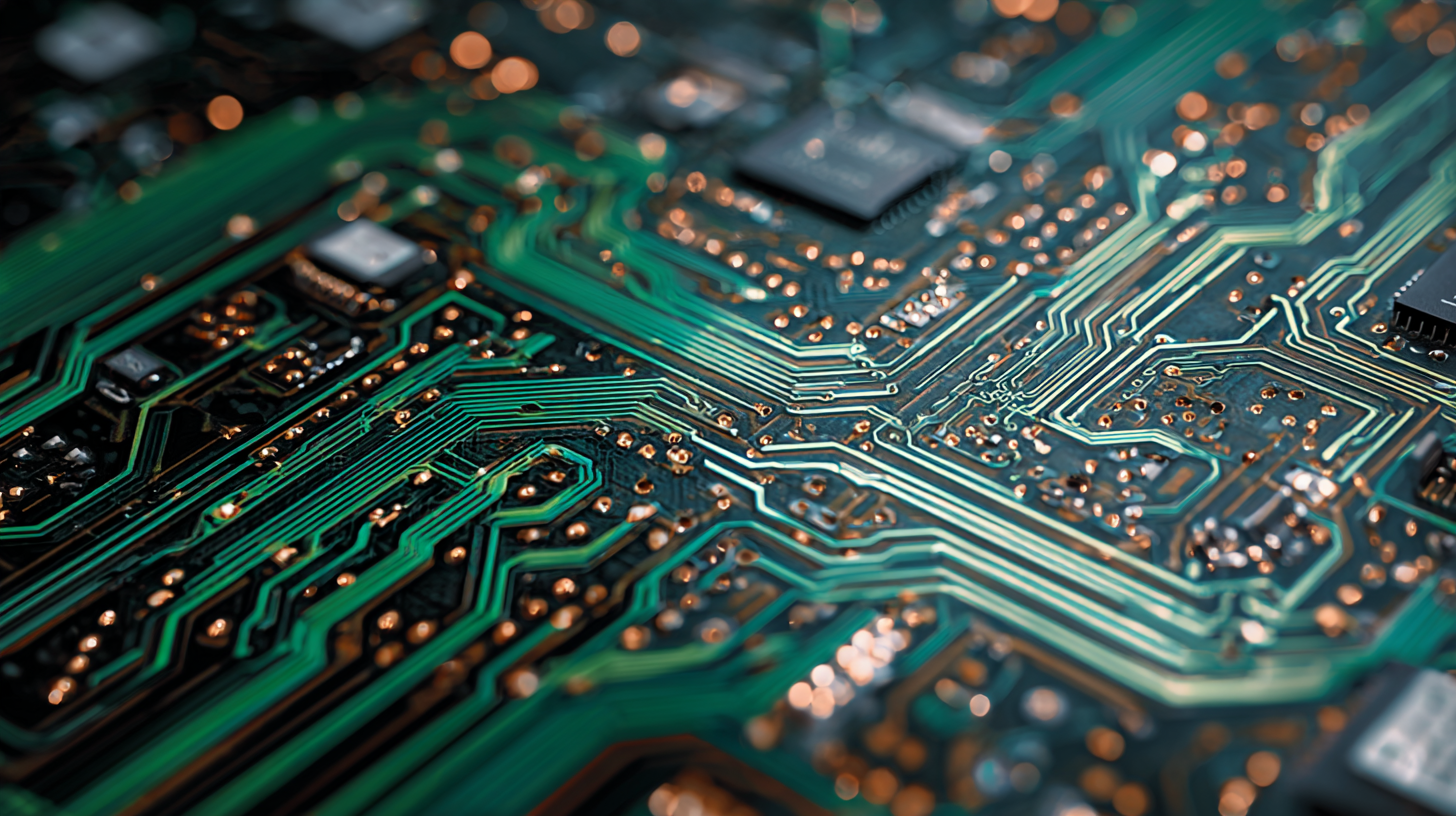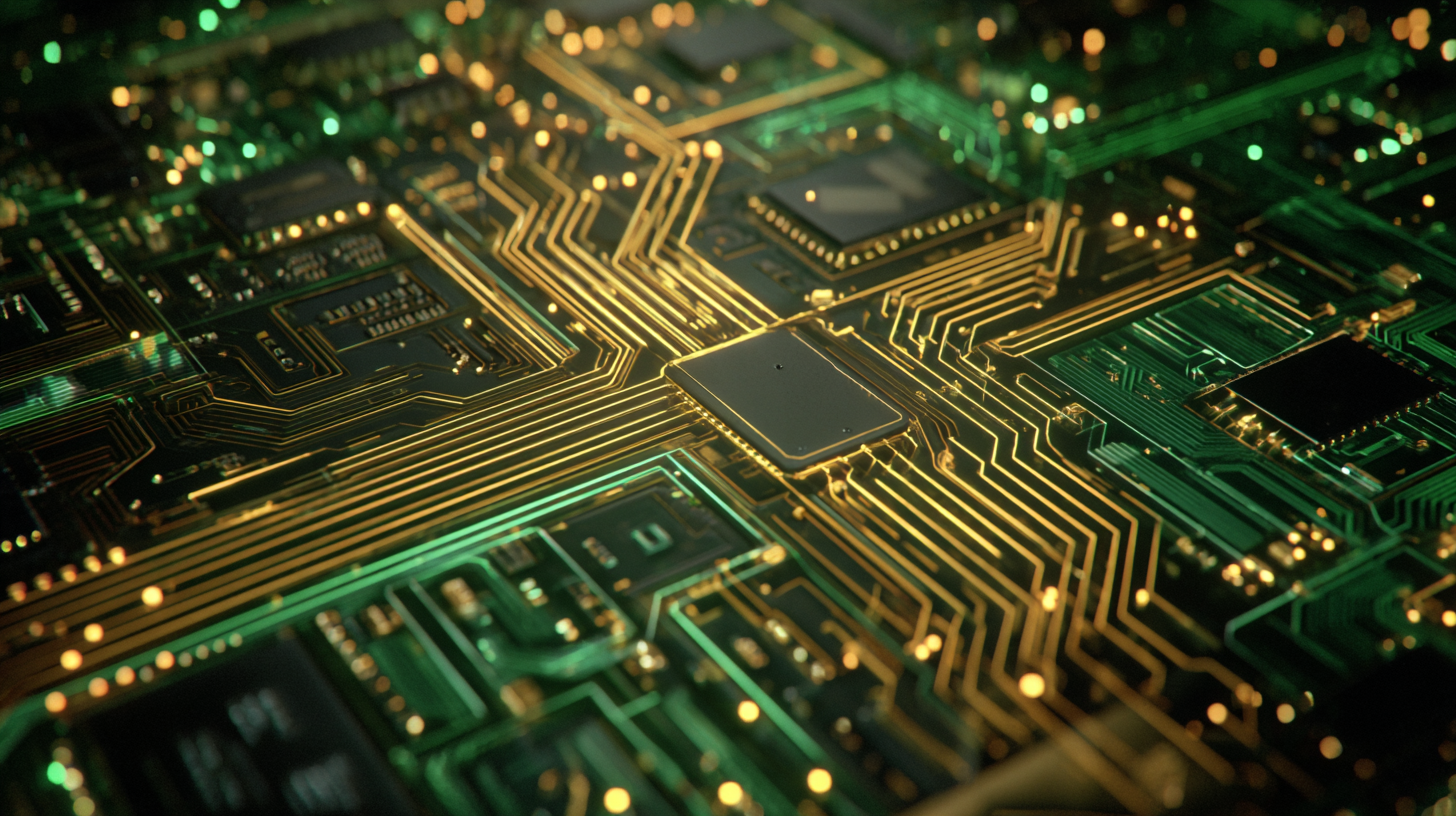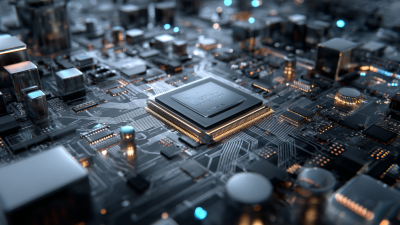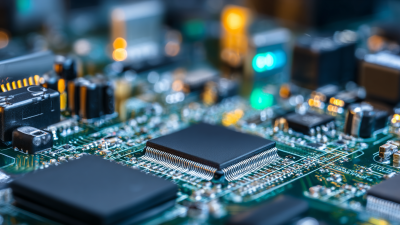In the ever-evolving landscape of modern electronics design, the integration of multi circuit boards has emerged as a transformative solution, enhancing both performance and efficiency across various applications. Recent reports from industry leaders highlight that the demand for compact and sophisticated electronic devices has led to a projected market growth of multi circuit boards by over 10% annually through 2025. This rapid adoption is largely attributed to their ability to streamline circuit layouts, reduce assembly time, and minimize material costs. Furthermore, advancements in manufacturing technologies, such as automated assembly processes and improved materials, have positioned multi circuit boards as a cornerstone for innovative product designs. By harnessing these advantages, engineers and designers are empowered to create more reliable, lightweight, and energy-efficient devices, ultimately fostering innovation in sectors ranging from consumer electronics to automotive applications.

In the realm of modern electronics, the demand for high-speed applications has significantly increased.
 Multi circuit boards (MCBs) have emerged as a critical component in enhancing signal integrity, addressing challenges such as crosstalk and electromagnetic interference. These boards provide a compact solution for connectivity, enabling multiple circuits to coexist without compromising performance. The layered design of MCBs allows for better grounding and power distribution, which is essential for maintaining high-speed signals with minimal distortion.
Multi circuit boards (MCBs) have emerged as a critical component in enhancing signal integrity, addressing challenges such as crosstalk and electromagnetic interference. These boards provide a compact solution for connectivity, enabling multiple circuits to coexist without compromising performance. The layered design of MCBs allows for better grounding and power distribution, which is essential for maintaining high-speed signals with minimal distortion.
Tip: When designing with MCBs, ensure that you optimize the layout for signal paths. This will minimize the length of critical traces and reduce the potential for signal degradation. Use differential pairs for sensitive signals to further enhance integrity and performance.
Moreover, the ability to integrate various functions onto a single board not only saves space but also reduces manufacturing costs. MCBs can effectively manage thermal dissipation and enhance reliability, crucial factors in high-speed applications like telecommunications and high-frequency RF systems.
Tip: Always consider using simulation tools during the design phase to analyze signal integrity. This proactive approach helps identify potential issues before production, ensuring a robust and reliable design.
In modern electronics design, the adoption of multi circuit boards presents significant cost efficiency that can greatly benefit manufacturers and developers. By integrating multiple circuits into a single board, companies can reduce the number of components and materials used, leading to lower overall production costs. The consolidation of circuits minimizes the need for extensive wiring and interconnections, which not only saves on raw materials but also reduces the labor required for assembly. This streamlined approach can lead to a notable decrease in both time and expense, making product development more economical.
Moreover, as electronic devices continue to evolve in complexity and functionality, the cost benefits of multi circuit boards become even more pronounced. With the ability to design compact and efficient layouts, engineers can optimize space without sacrificing performance. This efficiency enables the production of lighter and smaller devices, which can be particularly advantageous in sectors like consumer electronics, where portability is key. As a result, companies that leverage multi circuit designs are not only improving their bottom line but also positioning themselves to meet the changing demands of the market more effectively.
| Feature | Single Circuit Board | Multi Circuit Board | Cost Efficiency (% Savings) |
|---|---|---|---|
| Material Usage | High | Optimized | 15% |
| Manufacturing Time | Longer | Shorter | 20% |
| Assembly Complexity | High | Reduced | 10% |
| Reliability | Medium | High | 25% |
| Testing Efficiency | Inefficient | Efficient | 30% |
| Overall Cost Reduction | N/A | Significant | 50% |
The trend towards miniaturization in modern electronics design has significantly reshaped the landscape of technological innovation. Multi circuit boards (MCBs) play a pivotal role in this evolution, offering a compact solution for integrating complex circuitry within smaller footprints. By stacking multiple layers of circuits, MCBs allow designers to reduce the overall size of electronic devices while maintaining functionality and performance. This enhancement is crucial, especially in consumer electronics where space is limited, and efficiency is paramount.
Moreover, the use of MCBs introduces additional advantages such as improved thermal management and reduced electromagnetic interference. The layered structure not only optimizes the physical layout but also enhances the electrical performance of the device. By minimizing the distance between components, MCBs facilitate faster signal transmission and reduce the need for extensive wiring, which is often a challenge in traditional designs. As industries push towards more portable and efficient devices, the integration of multi circuit boards will undoubtedly remain a key factor in achieving these miniaturization goals.
In modern electronics design, effective thermal management is crucial for maintaining optimal performance and reliability. Multi circuit boards (MCBs) have emerged as a vital solution for enhancing heat dissipation. According to a report by IPC’s Technology Market Research Council, nearly 81% of engineers prioritize thermal performance when selecting circuit board technologies, demonstrating a clear trend toward advanced thermal management solutions in electronic systems.

The complex architecture of MCBs facilitates better heat distribution through multiple pathways, thereby preventing localized hotspots. A 2022 study published in the Journal of Electronics Cooling reported that MCBs can reduce thermal resistance by up to 40% compared to traditional single-layer boards. This significant improvement not only enhances the longevity of components but also boosts overall system efficiency. With the rise in power densities in modern electronics, incorporating MCBs provides designers with the necessary framework to manage heat effectively, leading to improved performance and reliability in demanding applications such as automotive and telecommunications.
In today's rapidly evolving electronics landscape, the adaptability and customization offered by multi circuit boards (MCBs) have become essential for diverse electronic applications. According to a report by MarketsandMarkets, the global market for multi-layer PCBs is projected to reach $12.03 billion by 2025, highlighting the rising demand for intricate electronic designs that necessitate the flexibility of MCBs. These boards enable designers to create compact, efficient circuits by combining multiple functionalities into a single platform, thus optimizing space and enhancing performance.
One of the standout advantages of MCBs lies in their ability to cater to various sectors, from consumer electronics to automotive applications. For instance, the automotive industry is increasingly adopting multi circuit boards to support advanced driver-assistance systems (ADAS) and electric vehicles (EVs). MCBs can be tailored to meet the specific requirements of these applications, ensuring durability and reliability in demanding conditions while also facilitating easier integration of additional features.
Tip: When designing with multi circuit boards, consider conducting thorough prototyping to test the adaptability to the intended application. This will aid in identifying potential issues early in the design process. Additionally, utilizing a modular approach can significantly enhance customization, allowing for swift adjustments to meet changing market demands.






| Cookie | Duration | Description |
|---|---|---|
| cookielawinfo-checkbox-analytics | 11 months | This cookie is set by GDPR Cookie Consent plugin. The cookie is used to store the user consent for the cookies in the category "Analytics". |
| cookielawinfo-checkbox-functional | 11 months | The cookie is set by GDPR cookie consent to record the user consent for the cookies in the category "Functional". |
| cookielawinfo-checkbox-necessary | 11 months | This cookie is set by GDPR Cookie Consent plugin. The cookies is used to store the user consent for the cookies in the category "Necessary". |
| cookielawinfo-checkbox-others | 11 months | This cookie is set by GDPR Cookie Consent plugin. The cookie is used to store the user consent for the cookies in the category "Other. |
| cookielawinfo-checkbox-performance | 11 months | This cookie is set by GDPR Cookie Consent plugin. The cookie is used to store the user consent for the cookies in the category "Performance". |
| viewed_cookie_policy | 11 months | The cookie is set by the GDPR Cookie Consent plugin and is used to store whether or not user has consented to the use of cookies. It does not store any personal data. |